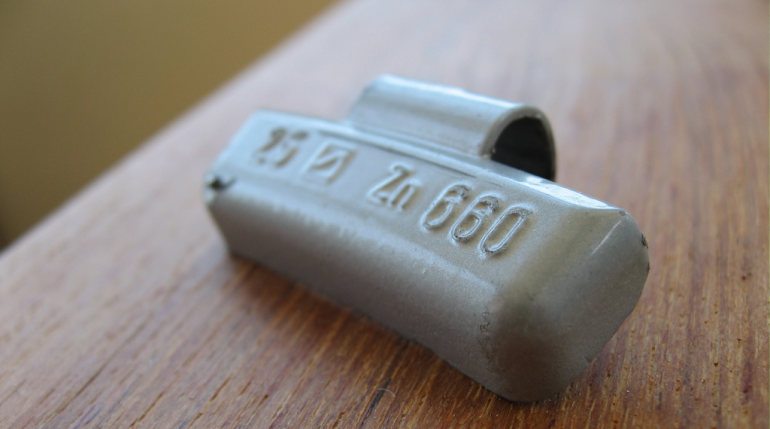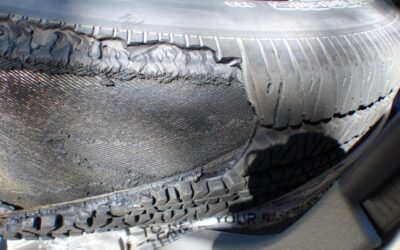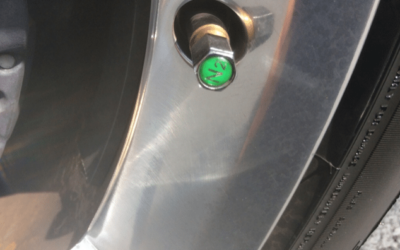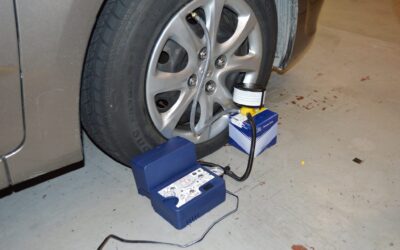Imperfections in a tire or wheel cause vibration in the assembly as it rotates at high speed. The extra weight creates more centrifugal force in that particular area, and throws the assembly off balance. These uneven forces cause wheel noise, vibration in the passenger compartment, and additional wear on steering and suspension components, bearings, and tires. Balancing wheels is seasonal maintenance action which requires a small amount of your time and money.
What is tire and wheel balancing?
The purpose of balancing wheels and tires is to offset their imperfections using weights placed on the wheels to counteract the uneven weight and maintain overall balance. The size and exact placement of these weights will differ, because no two wheels and tires are identical.
A computerized balancing machine rotates the wheel and tire assembly at high speed, and measures the vibration it creates. Once the machine determines the source of the overall imbalance in the rotation, it tells the technician where to apply the right amount of weight to smooth out the rotation. Then, the wheel and tire is spun up once more. If no vibration is detected, the assembly is ready to go.
What causes an unbalanced tire?
Over time, tires will fall out of balance naturally. As tires wear and hit bumps and potholes in the road, changes in their tread wear and any damage to the tire can put them out of balance. It’s a good idea to have your tires balanced every 6,000-10,000 miles or sooner if you notice wheel noise or vibration, or shaking in the steering wheel.
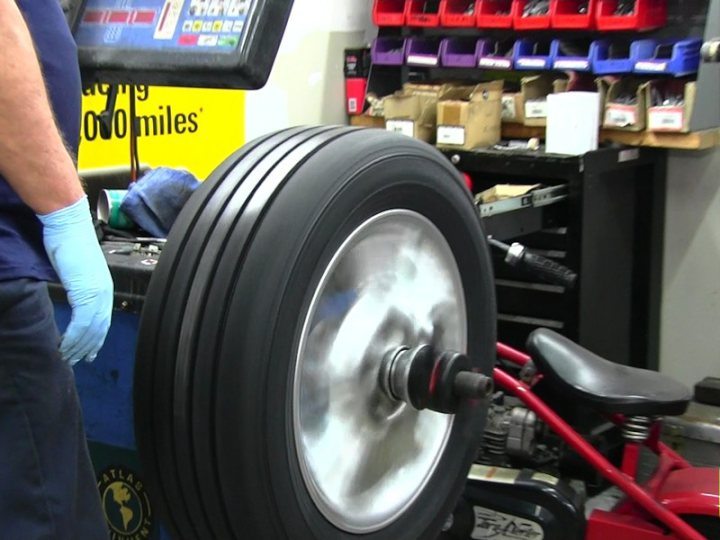
How to Recognize an Unbalanced Wheel
The most common symptom of an unbalanced wheel or tire is a noticeably loud noise coming from a particular wheel well. If it’s one of the two front wheels and the imbalance is strong enough, you can expect to feel a shaking in the steering wheel. Another less common symptom is excessive tread wear in one particular area of the tire. This is caused by “tire hop”, where an imbalance is strong enough to cause a tire to actually “hop” during its rotation, causing extra wear when the tire reestablishes contact with the road.
Occasionally, you might find a tire that requires an excessive amount of weight to be balanced. In this case, one of two things might be the case. First, the tire might simply be bad from the factory. If this is the case, most shops will simply return the tire as defective, and order another at no cost to you. It’s also possible that the tire could have been mounted improperly.
Most tires will have a single mark (usually a dot of paint) that designates where the tire should align with the valve stem.
Remounting an improperly mounted tire properly will reduce the weight needed during tire balancing, and less weight means better gas mileage.
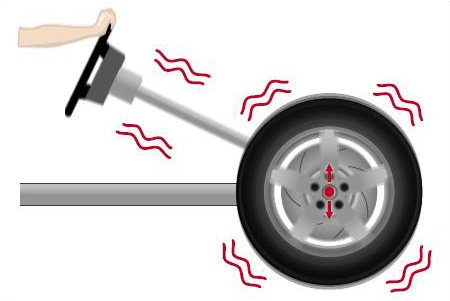
Impact of Unbalanced Tires
Not performing wheel balancing and tire balancing can negatively impact your vehicle in several ways:
- Tire life is decreased due to uneven tread wear.
- Suspension components wear excessively due to vibration.
- You and your passengers may feel the wheels vibrating and hear additional road noise.
- The components most heavily affected by unbalanced wheels and tires are the wheel bearings.
- The constant vibration back and forth wears out the wheel bearings prematurely.
In addition to greater expense and discomfort, an unbalanced wheel and tire assembly can be a safety hazard. Powerful vibrations can cause significant damage to components at high rotational speeds, such as wheel lug bolts and steering and suspension components. These possible concerns make balancing tires an important part of regular vehicle maintenance.
Preventative Balancing
If you live in a part of the country where you swap out tires seasonally, you’ll want to perform tire balancing every time you swap out the tires. Balancing tires is a must any time a new tire is installed on a wheel, because each wheel is different and will require weight in a different spot. If the tire is not removed from the wheel and is simply rotated or swapped for another set of wheels with different tires that are already balanced, there is no need for wheel balancing.
Accidents due to Bad Tires
The NHTSA reports that tire problems are directly involved in approximately 5% of crash occurrences, but also claims that even when an accident does not occur, tire related problems can significantly impact the reaction window during a crash. Two of the most common causes of accidents are loss of traction and failure to stop in time to avoid a collision. Loss of traction can occur for a number of reasons, but the most common contributing factor is tread wear. As the tires’ tread is worn away, they lose grip on the road, increasing risk of hydroplaning and slip-outs on ice and inhibiting its ability to stop in time. Frequent balancing can help minimize this risk.
How much does tire balancing cost?
An average tire balancing job costs about $20-60. The price can vary based on location, and what other services are included, such as warranty coverage. Some tire shops will offer free mounting and balancing as part of the purchase of new tires.
Happy driving!!!

